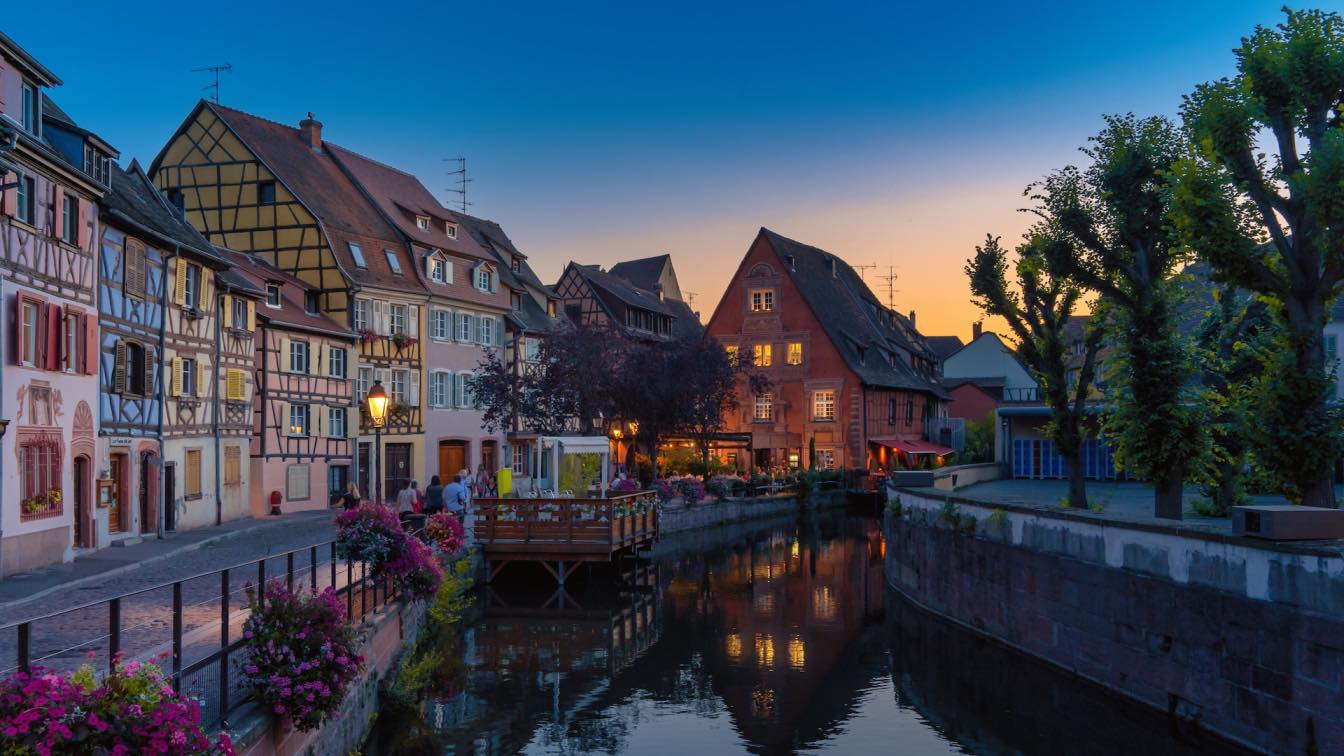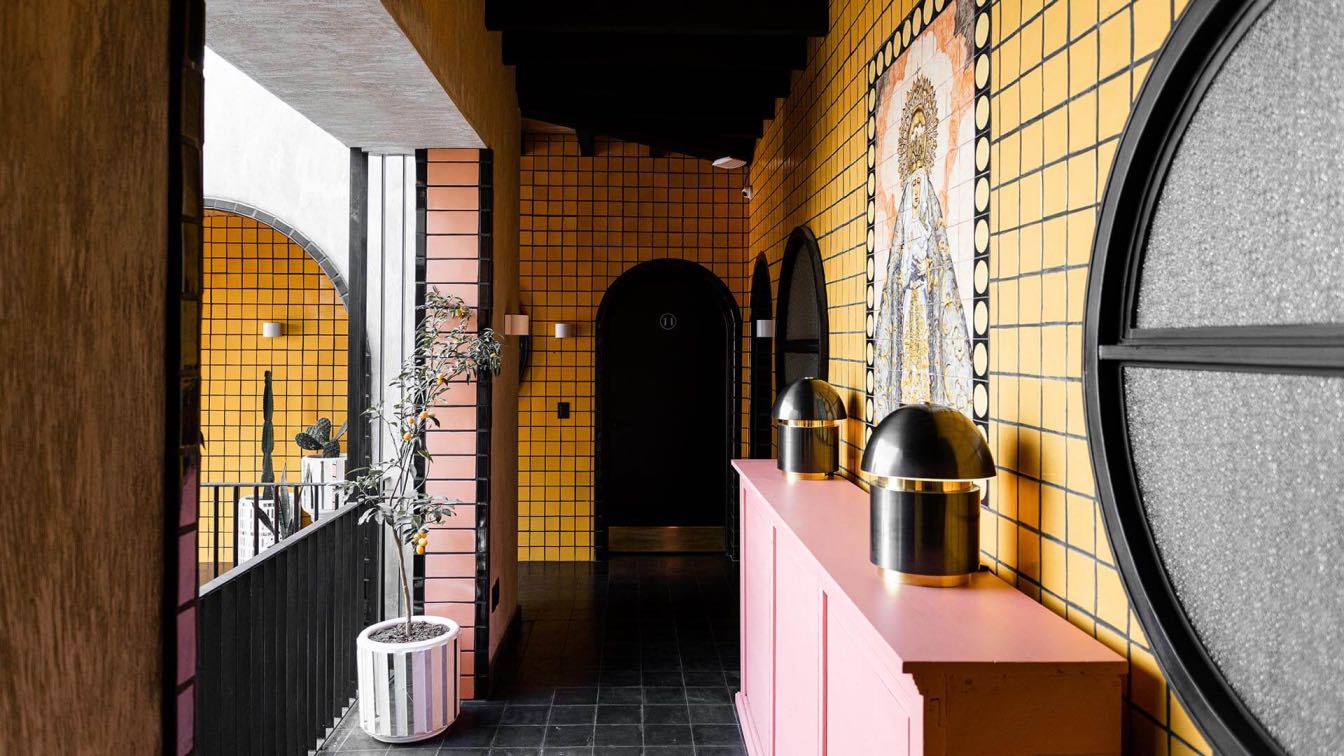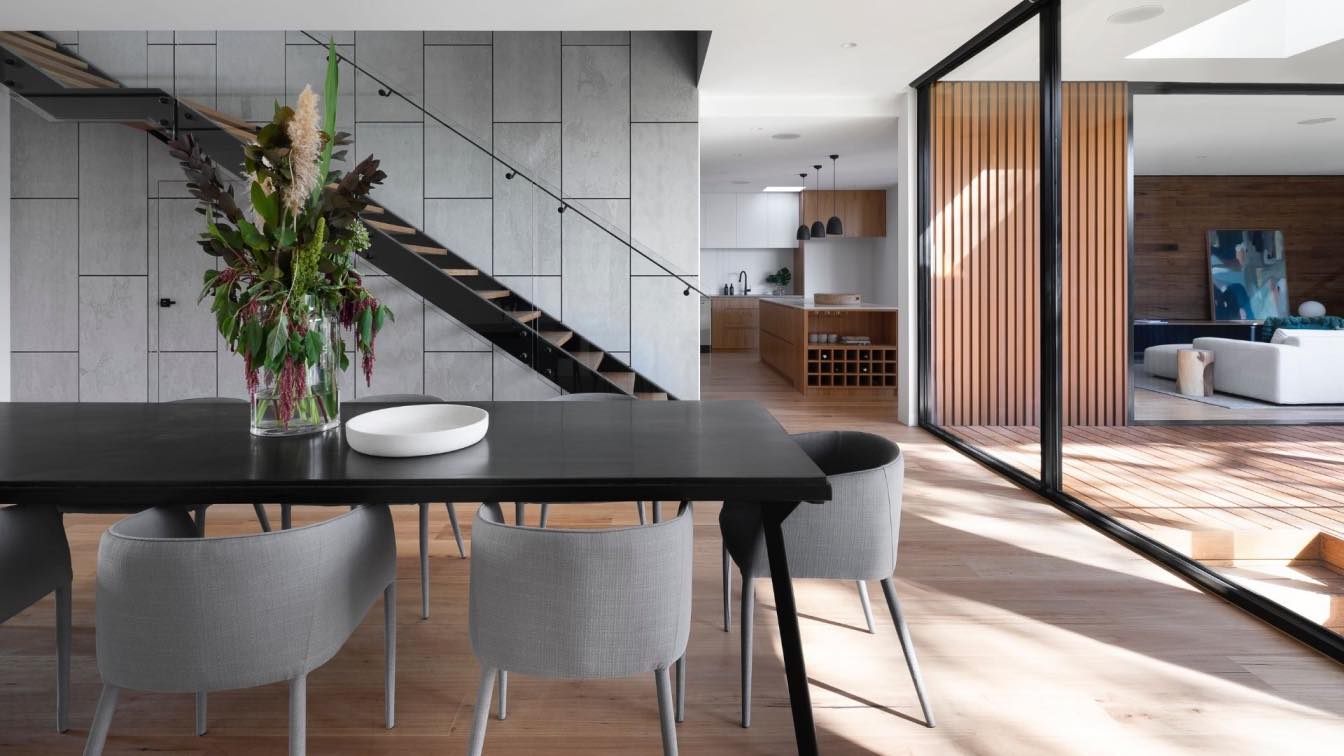Are you looking for ways to make a home more attractive to buyers? Or are you considering investing in a property and wondering what features are essential to your choice?
Whichever category you fall into, you’re in the right place.
These are the 7 energy-efficient home features every buyer should look for. And that every architect or property developer should include in their designs.
Well-Insulated Walls and Roof
Well-insulated walls and roofs are essential features all homes should have. They are necessary to meet the minimum requirements for energy efficiency compliance in an Energy Efficiency Report.
They also reduce energy usage by lowering the need for excess heating in the winter.
That is good news for potential buyers seeking to reduce their monthly energy bills, and it’s also great news for the environment.
The best insulation materials reduce energy costs significantly. Fiberglass, spray foam, and cellulose are some examples of suitable insulation materials.
Energy-Efficient Windows and Doors
Despite the great variety of types and styles of windows trending these days, there is a key element they need to have.
Windows must be energy efficient. The same goes for doors. But what exactly does this mean?
Most of the energy used to heat a home with ill-fitting windows or doors gets wasted. Weatherstrips on the edges of window and door frames will also reduce drafts and insulate homes better.
Then, there’s the design and materials. Windows with multiple panes (especially those made of low emissivity glass) are more energy efficient than one or two single panes.
When window and door frame materials have a low-energy transfer, this further reduces energy waste.
High-Efficiency Heating and Cooling Systems
Homes throughout most of North America and northern Europe, rely on heating and ventilation (HVAC) systems to endure seasonal temperature fluctuations. It is a vital area for efficiency upgrades.
Heating and cooling systems worldwide differ in their exact mechanisms, but the result is the same. And something used as often as this can contribute to a large part of the property’s energy bill.
Discerning buyers should look for ENERGY STAR-certified heating and cooling equipment. They should also consider options such as geothermal systems, smart thermostats, and heat pumps.
Energy-Efficient Lighting
Low-energy light bulbs offer the easiest way to introduce energy efficiency, even after the home is built and furnished. Many indoor and outdoor lights on the market now include energy-saving bulbs like LED or CFL, rather than traditional incandescent bulbs.
The placement of the light fixtures can also reduce a home’s energy bill. When fewer lights are used but placed at strategic points, power usage is less without limiting the scope of illumination.
Alternatively, energy waste is reduced further through smart-lighting systems with occupancy sensors or timers. Because lights will switch on when needed and off when not, power consumption for lighting will be much lower. Likewise, outdoor security lighting can use timers or motion sensors.
Energy-Efficient Appliances
Thanks to the rise in demand for eco-friendly and energy-efficient appliances, more manufacturers produce them. That makes it easier to find reliable and energy-efficient appliances to include in the kitchen and laundry.
Washers, dryers, refrigerators, and even cookers are now more energy-wise than ever.
Once again, look for the Energy Star logo as a sign of certified energy efficiency. It will take all the guesswork out of finding and choosing energy-friendly appliances.
Renewable Energy Sources
The renewable energy trend is sweeping through the world at an astonishing rate. To be fair, it’s more than just a trend but a way of life set to continue into the distant future.
That makes it a top home feature that every potential buyer looks for.
Any home with eco-wise installations, particularly solar panels for heating, will outshine the rest. They’re also easy to install if they are currently conspicuously absent.
It is also a good investment in the US, as several states offer financial incentives for doing this.
Energy storage solutions are ideal for all homes that use a hybrid of the existing grid and solar or wind turbine power. They allow stored solar energy use when the grid is overburdened, which has a knock-on effect on service delivery in the area.
Water-Efficient Fixtures and Systems
Water is a resource that no one can afford to waste. But an energy-efficient building plan will simplify the plumbing system design. And vice versa.
A plumbing design that includes water-efficient systems and fixtures will reduce the overall energy wastage of a home. Low-flow faucets, showerheads, and toilets conserve the earth’s most precious commodity - water.
A lot of the water usage on a property with outdoor spaces falls under outdoor use. Therefore, you must consider environmentally friendly alternatives to traditional outdoor water fixtures.
Rainwater harvesting systems or gray water recycling are excellent replacement options for conventional irrigation systems.





